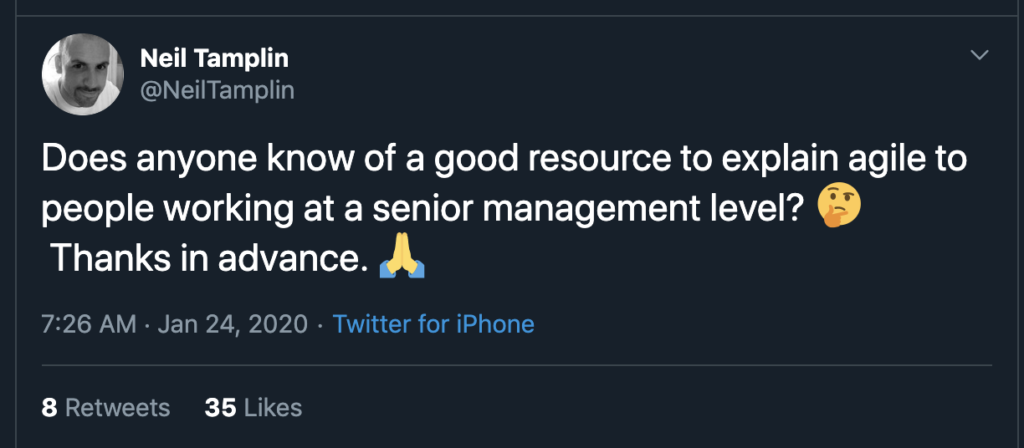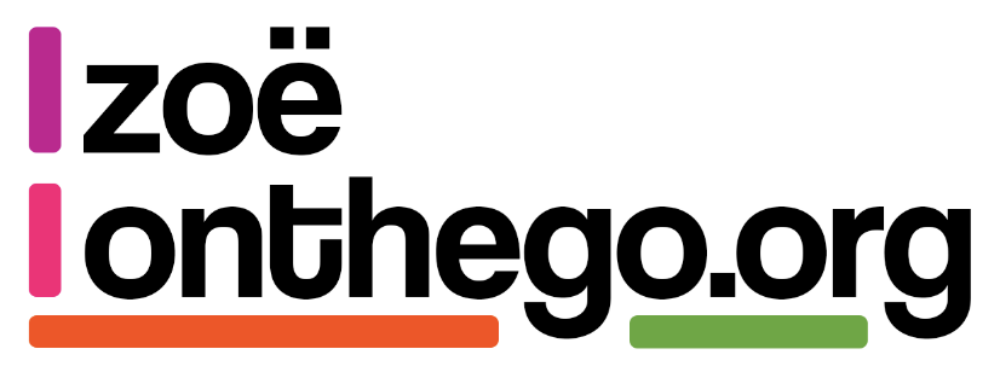So you’re a leader in your organisation and Agile is ‘the thing’ that everyone is talking about. Your organisation has possible trialed one or two Agile projects within the Digital or Tech department, but they haven’t really delivered like you thought they would, and you think you can ‘do more’ with it, but honestly, what even is it in the first place?
It’s a question that comes up fairly regularly, and if you are asking it, you are not alone! This blog actually started from such a conversation last week.

First and foremost there is Agile with a capital A, this is the project methodology, predominantly designed for software development, as defined here. It “denotes a method of project management, used especially for software development, that is characterized by the division of tasks into short phases of work and frequent reassessment and adaptation of plans.”
However nowadays, especially in the public sector, agile doesn’t only apply to software. More and more of the conversations happening in communities like #OneTeamGov are about the culture of agility. How you create the environment for Agile to succeed, and this is where many people, especially leaders, are getting lost.
So how do you ‘be agile?’
Being agile is borrowing the concepts used in agile development, to develop that culture. As Tom Loosemore says when talking about Digital, it’s about “applying the culture, processes, business models & technologies of the internet-era to respond to people’s raised expectations.”
But it’s more than what you transform, it’s how you do it.
The Agile manifesto says that Agile is about:
- Individuals and interactions over processes and tools
- Working software over comprehensive documentation
- Customer collaboration over contract negotiation
- Responding to change over following a plan
When you consider individuals and interactions over processes and tools, then you remove unnecessary hierarchy and empower people to make decisions. You don’t enforce rigid processes for the sake of it, but iterate your governance based on feedback of users (in this instance your staff!). By being agile you focus on communicating directly with human beings, looking to how you can accommodate more actual conversations, and time together, rather than relaying on emails and papers as your only way to communicate.
By prioritising working software over comprehensive documentation you are constantly testing and iterating what works based on what is meeting your user needs, rather than deciding upfront what the answer is before knowing if it will actually work. You involve user research in your policy and strategy discussions. You analyse and test your new processes before you implement them. You change your funding and governance models to allow more innovation and exploration, and base your decisions on data and evidence, not theory. By being agile you are able to demonstrate working product or tangible services to stakeholders and customers, rather than just talking about what will be done.
Customer collaboration rather than contract negotiation is about bringing people along with you and working in partnership, achieving results together. Embracing and managing change to be innovative and deliver value whilst still being competitive and minimising unproductive churn and waste.
When thinking about responding to change over following a plan, it’s about being able to innovate and iterate. Prioritising and working on the most important work first. Building in short feedback loops and taking on board feedback.

Why is ‘being agile’ important?
Because as the market changes, and users expectations change, companies that can not take onboard feedback and iterate their products and services loose out. This is also true when it comes to companies themselves in terms of what they offer their staff, less people now go to work just for the money, people want more job satisfaction, empowering staff to make decisions and cutting bureaucracy are not only ways to cut costs, but also increase the value to both your users, your stakeholders and your staff.
Resources to help:
- Scrum.org have a decent blog on Agile Leaders which can be found here
- For Leaders in the Public Sector, the Digital Academy has an Agile for Leaders course, details of which can be found here
- The Centre for Agile Leadership has a blog on business agility here (and for those in the US they run courses)
- And the Agile Business Consortium have a white-paper describing the role of culture and leadership within Agile which can be found here
